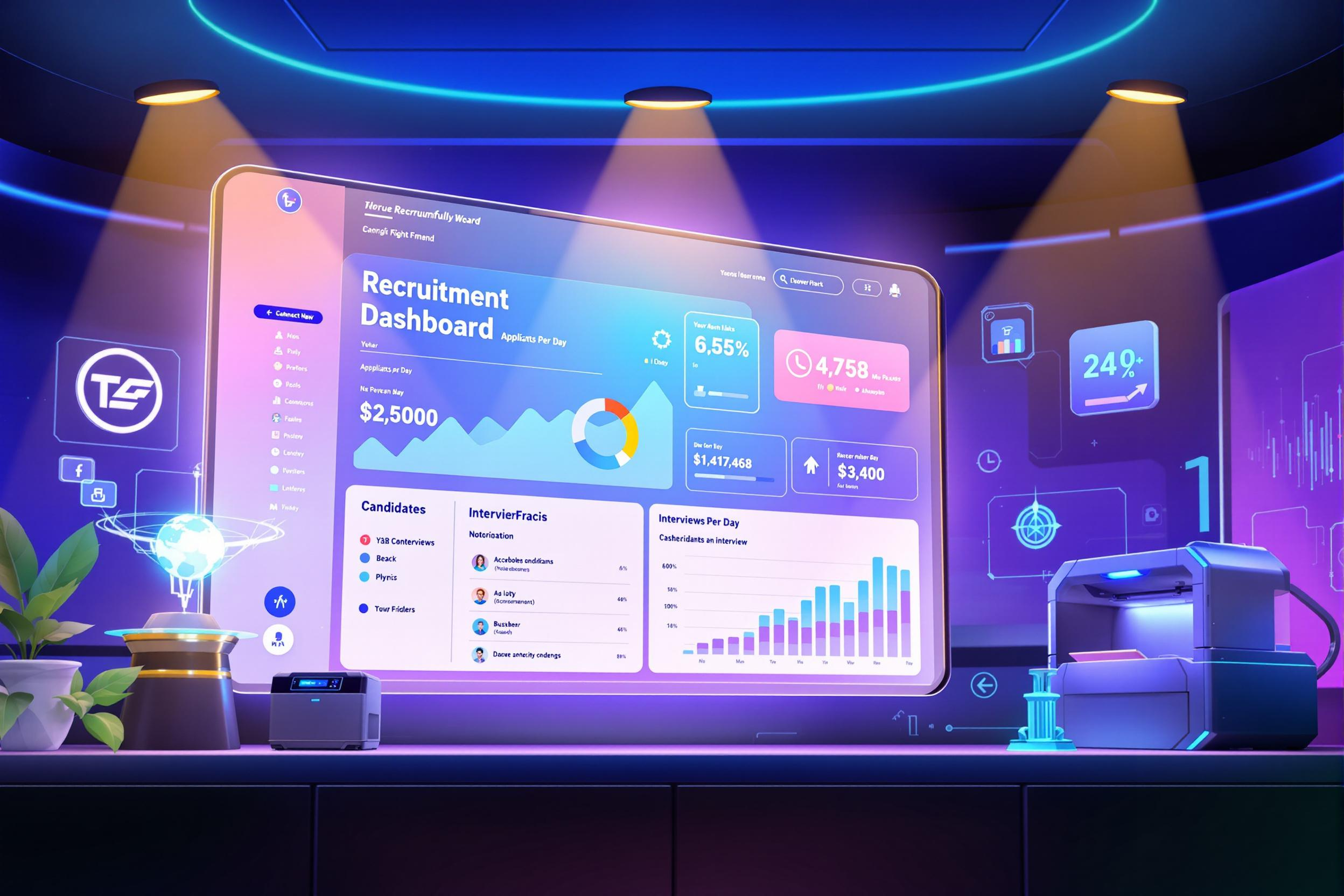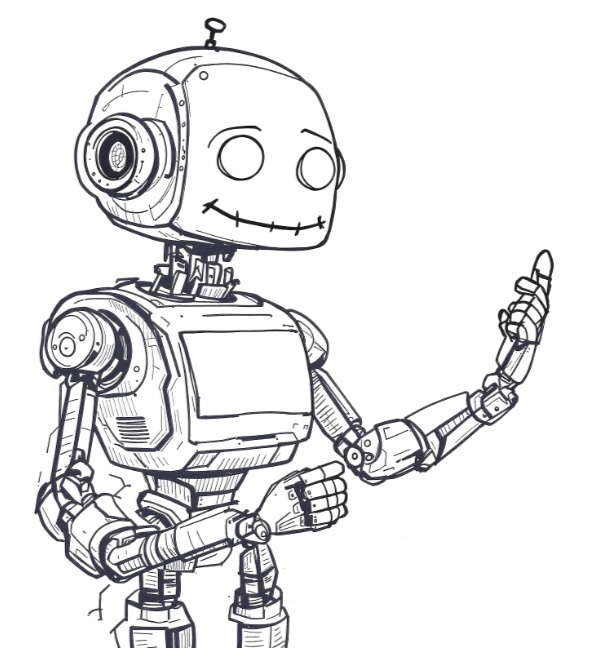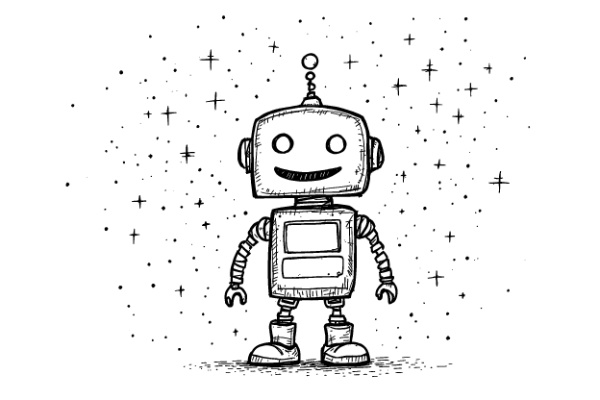In today’s fast-paced business world, talent acquisition has become a critical factor in organizational success. As companies strive to attract and retain top talent, the integration of automation in the recruitment process has emerged as a game-changing trend. Talent acquisition automation leverages advanced technologies to streamline and optimize various stages of the hiring process, from candidate sourcing to onboarding.
The Rise of Recruitment Automation
Recruitment automation is transforming the way organizations approach talent acquisition. By implementing intelligent tools and software, companies can significantly reduce the time and resources spent on repetitive tasks, allowing HR professionals to focus on more strategic aspects of hiring.
Key benefits of talent acquisition automation include:
- Enhanced efficiency and speed
- Improved candidate experience
- Data-driven decision-making
- Reduced hiring costs
- Minimized human bias
Key Components of Talent Acquisition Automation
AI-Powered Candidate Screening
One of the most significant advancements in recruitment automation is the use of artificial intelligence for candidate screening. AI algorithms can quickly analyze large volumes of resumes, identifying the most qualified candidates based on predefined criteria. This not only accelerates the hiring process but also ensures a more objective evaluation of applicants. Learn more about maximizing your candidate database in our guide on 7 Ways to Maximize Your Candidate Database ROI.
Chatbots for Initial Interactions
AI-driven chatbots are gaining popularity in recruitment, handling initial interactions with candidates by answering common questions and providing information about job openings and company culture. This enhances the candidate experience while freeing up recruiters’ time for more complex tasks.
Automated Interview Scheduling
Scheduling interviews can be a time-consuming process. Automation tools can synchronize with calendars and coordinate availability, significantly reducing the administrative burden on recruiters.
Predictive Analytics
By analyzing historical data, predictive analytics can identify patterns and trends that help make better hiring decisions. This data-driven approach can predict candidate success and highlight potential issues before they arise.
The Impact of Automation on Recruitment Metrics
Implementing talent acquisition automation can lead to significant improvements in key recruitment metrics:
- Time-to-Hire: Automation can reduce candidate screening times by up to 66%.
- Cost-per-Hire: By streamlining processes and reducing manual tasks, automation can significantly lower recruitment costs.
- Quality of Hire: AI-powered tools can improve candidate matching, leading to better hiring decisions and increased retention rates.
The Future of Talent Acquisition Automation
As technology continues to evolve, we can expect further advancements in talent acquisition automation. Some emerging trends include:
- Blockchain for Data Control: Blockchain technology may provide candidates with greater control over their personal data in the recruitment process. Learn more about modern recruitment approaches in our guide on Transform Your Candidate Experience.
- Gamification and VR in Assessments: These technologies offer immersive ways to evaluate candidates’ skills and suitability for roles. Discover how to effectively use these tools in our Recruiter’s Guide to Gen Z.
- Enhanced AI Capabilities: Continued improvements in AI will lead to even more sophisticated candidate matching and predictive analytics. Check out our guide on 5 AI-Powered Recruitment Strategies to learn more.
Machine Hiring: A Comprehensive Automation Solution
One notable player in the talent acquisition automation space is Machine Hiring, an innovative AI-powered Applicant Tracking System (ATS) solution. Machine Hiring offers a range of features designed to streamline the recruitment process and improve hiring outcomes.
Key features of Machine Hiring include:
- AI-Driven Candidate Matching: The platform utilizes advanced algorithms to analyze resumes and job descriptions, improving candidate matching accuracy by up to 60%.
- Multilevel Filtering: Machine Hiring simplifies the recruitment process through intelligent filtering mechanisms, reducing recruitment time for a position by up to 60%.
- Predictive Analysis: By predicting necessary skills, the platform enables more accurate matching between candidates and job requirements.
- Optimized Process: The unified platform centralizes all candidate search activities, from job postings to communication, enhancing transparency and efficiency.
- Smart Database Utilization: Machine Hiring transforms existing resume databases into valuable recruitment sources, increasing the number of resumes selected from internal databases to 100%.
Conclusion
While automation brings numerous benefits to talent acquisition, it’s crucial to maintain a balance between technology and the human touch. The most successful recruitment strategies will leverage automation to enhance efficiency while preserving the personal connections that are vital in the hiring process.
By embracing talent acquisition automation, organizations can position themselves at the forefront of recruitment innovation, attracting top talent and building high-performing teams in an increasingly competitive job market. Solutions like Machine Hiring demonstrate the potential of AI-powered recruitment tools to revolutionize the hiring process and deliver tangible benefits to organizations of all sizes.


